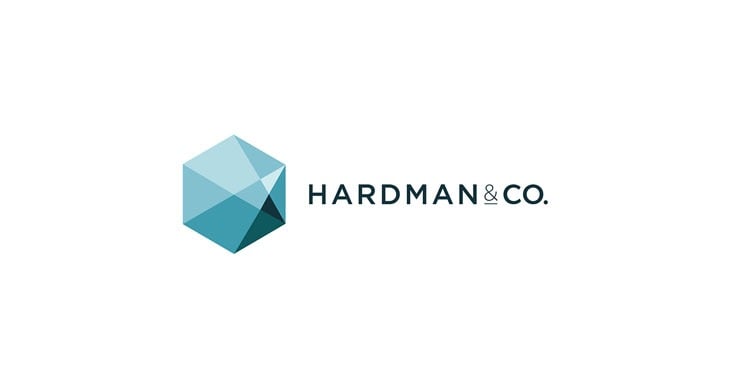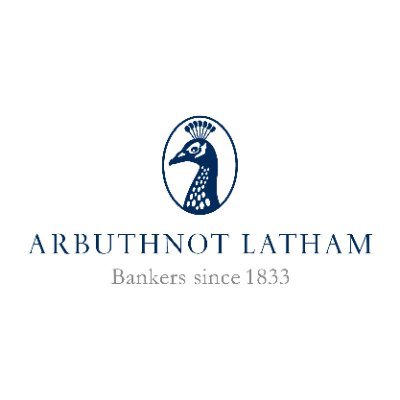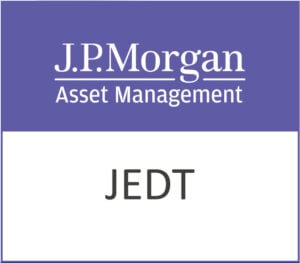The key highlights from Arbuthnot Banking Group plc (LON:ARBB) FY’20 results were a small loss (as expected), with breakeven excluding deal costs. Margin pressure (from base-rate cuts) and a £2m rise in impairments, despite there being zero higher-risk Stage 2/3 property exposures over 80% LTV (2019 over £30m), were the main drivers. The 2021 outlook is for i) a strong recovery, driven by loan volume growth, ii) less pain from excess liquidity, iii) profits generated by Asset Alliance after acquisition (completed end-March, which will also see a £10m equity uplift, as it is being bought below book), iv) a gain on the sale of Tay mortgages, v) forecast lower impairments, and vi) a dividend from STB.
- Strategic opportunity: ABG has surplus capital (£84m) and deposits (£777m). This is the key to its positive medium-term outlook, as it can take the opportunities brought about by market disruption for organic and inorganic growth. Bank appetite to lend in niche sectors, and to non-bank finance companies, is muted.
- Results in more detail: The loss before tax was £1.1m (2019: profit £7.0m); excluding acquisition costs, the business broke even in 2020. Operating income was steady at £72.5m (2019: £72.5m). Costs rose 2%. Bad debts rose by £2m to £2.8m. Loans fell 1% to £1.6bn. Deposits rose 13% to £2.4bn. AUM rose 4%.
- Valuation: Our forecast scenarios and multiple valuation approaches see a broad range of valuations: 1,027p (Dividend Discount Model) to 1,896p (Gordon Growth Model); we have rolled forward our forecast year to 2022, resulting in a modest rise in the latter. The share price is 68% of the NAV.
- Risks: Going forward, the key risk is credit. Historically, ABG has been very conservative in lending criteria and security taken. Its financial strength means that ABG can take time to optimise recoveries. Other risks include reputation, regulation and compliance.
- Investment summary: Arbuthnot Banking Group offers strong-franchise and continuing-business (normalised) profit growth. Its balance sheet strength gives it a number of wide-ranging options to develop organic and inorganic opportunities. The latter are likely to increase in uncertain times. Management has been innovative, but also very conservative, in managing risk. Having a profitable, well-funded, well-capitalised and strongly growing bank priced below book value is an anomaly.










































